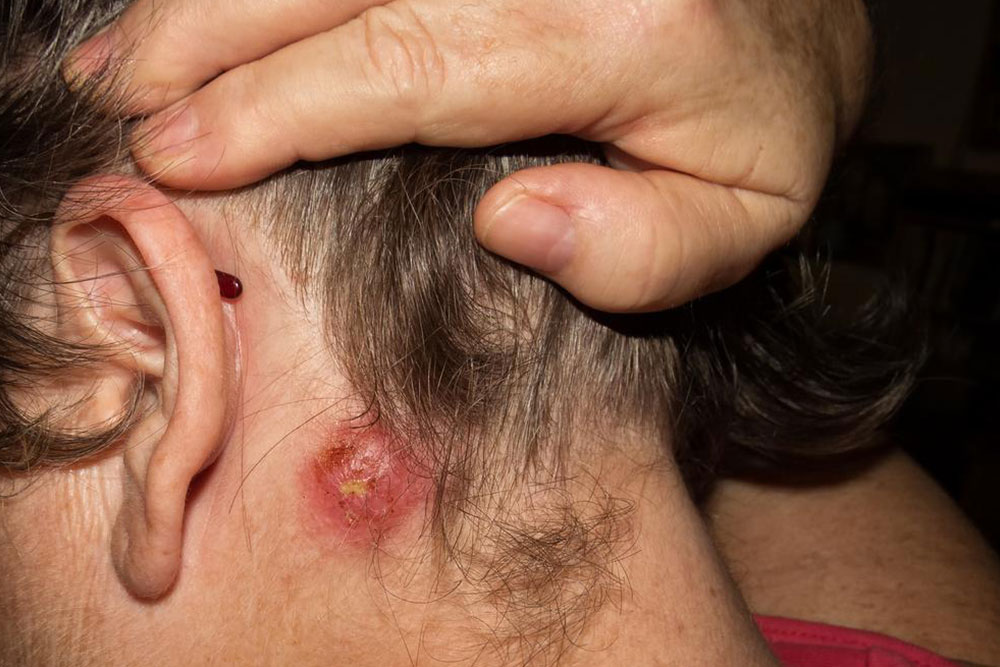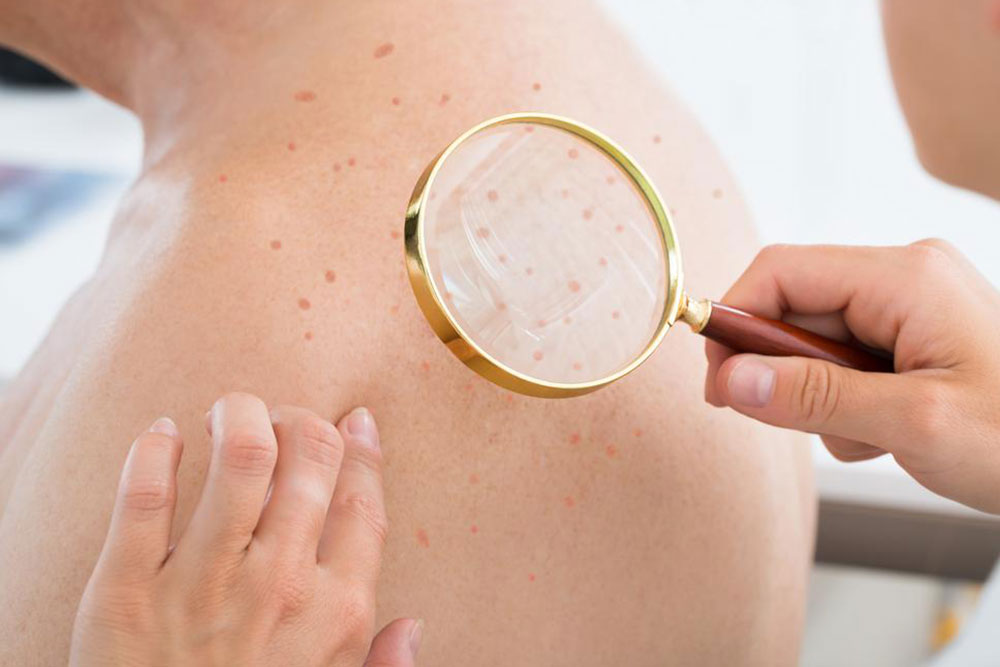Key Insights on Managing Staph Infections
Learn essential facts about staph infections, their causes, symptoms, and effective prevention and treatment methods. Maintain proper hygiene and consult healthcare professionals for proper care. Protect yourself from persistent bacterial infections with these practical tips.

Key Insights on Managing Staph Infections
Staphylococcus aureus bacteria naturally reside on everyone's skin, often remaining dormant until triggered. Poor hygiene practices can activate these bacteria, leading to staph infections. Surprisingly, women who visit beauty salons in the country may develop or contact staph infections due to inadequate hygiene. These infections can spread if cleanliness isn’t maintained. Therefore, maintaining proper hygiene is crucial for prevention.
While commonly associated with the nose and mouth, other body parts are more susceptible. Feet, for instance, are particularly prone to catching infections from contaminated floors.
To prevent infection, keep floors clean and sterilized. If walking barefoot on uncleaned surfaces, wearing socks offers protection by preventing direct contact with contaminated floors. Recognizing signs of staph infection—such as boils, impetigo, and cellulitis—is essential for early intervention. Treatment typically involves antibiotics like cephalosporins, nafcillin, or vancomycin, prescribed after consulting a healthcare professional. Wound drainage may also be necessary for skin infections.
Preventing recurrence involves strengthening immunity and maintaining rigorous personal hygiene. Avoiding infections requires consistent cleanliness and health measures to boost resistance against bacteria.










